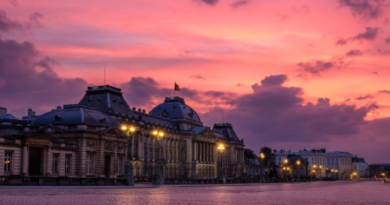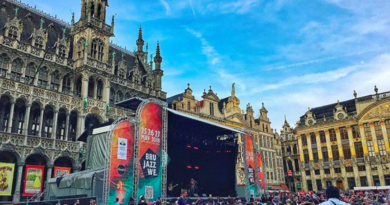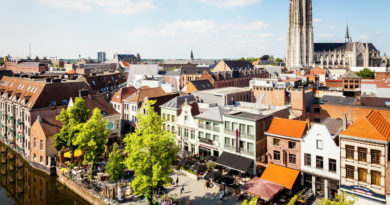Leonardo Da Vinci and Milano: The unbreakable bond
Leonardo Da Vinci is for sure the most enigmatic and brilliant personality of the Renaissance. His works are known all over the world and many are the cities linked to his name. However, there is one city in particular that still bears the mark of his passage, Milano.
Leonardo arrived in Milano around his thirties in search of fame and fortune. The legend says that to be accepted at the court of Milano’s Duke, Ludovico il Moro, he brought a rare gift. It was a lira, a musical instrument that nobody knew how to play in Italy. Apparently, the gift impressed the court, because from that moment Leonardo lived and worked in Milano for almost 20 years.
So, there is no better occasion than the fifth centenary of his death to discover Leonardo da Vinci in the city that hosted him the longest. In order to do that, here it is a short itinerary not only to enjoy all the artistic, engineering and cultural production of Leonardo da Vinci but also to discover a Milano that you might not know.
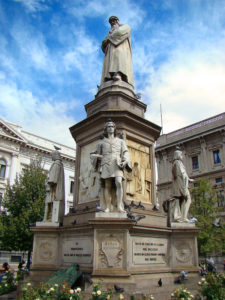
Leonardo da Vinci’s statue
The itinerary can only start from the statue of Leonardo da Vinci in Piazza della Scala, exactly in front of the lyric theatre. The monument, offers a solemn and austere image of the scientist with four of his disciples. More than three centuries after Leonardo’s death, Milano still felt the need to celebrate the genius that gave so much to its city, calling a competition to make a monument to honor him. The competition was won by Pietro Magni, that finished the statue in 1872. The statue was made with white Carrara marble, while granite from Baveno was used for the basement. Located in the center of the city, this statue is the perfect symbol of the unbreakable bond between Leonardo and Milano.
The Last Supper
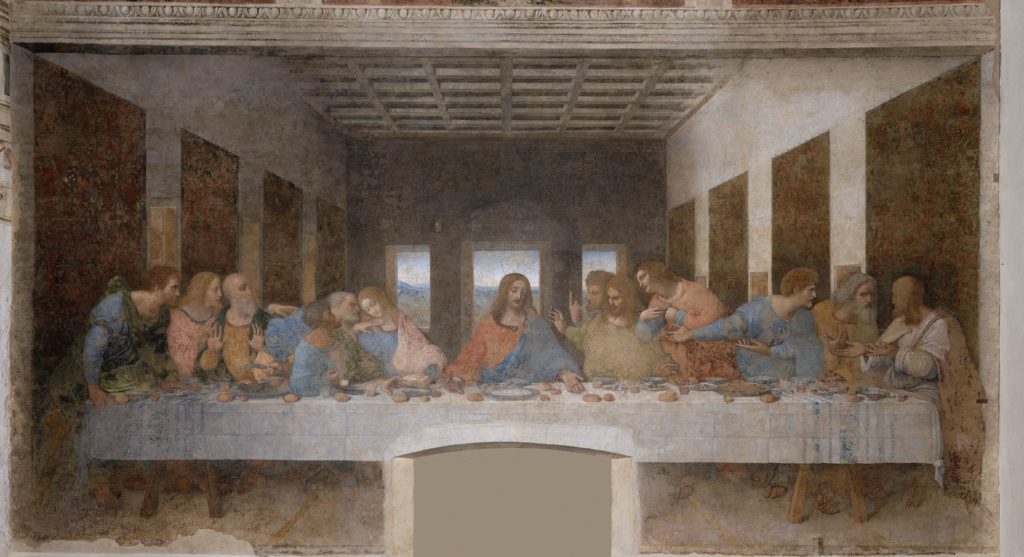
The second step brings us to one of the most famous and discussed masterpieces of Leonardo: “The Cenacle”, or “The Last Supper”. The enormous fresco is located in the refectory of the church Santa Maria delle Grazie. It was commissioned to Leonardo by Ludovico Sforza, that intended to place his burial in the Church.
The Last Supper was a traditional theme used to decorate convent refectories, used as a constant reminder to the friars that the life of the religious community is an extension of the life of Christ and the Apostles. However, Leonardo presented the subject in a completely innovative form and technique making radical and creative variations to the layout of the scene. Nonetheless, what has made the fresco so famous in the centuries, are the mysteries behind it, such as the “phantom hand” that holds a knife on the table or the suspicious resemblance between John and Mary Magdalene – of which also Dan Brown speaks.
Castello Sforzesco
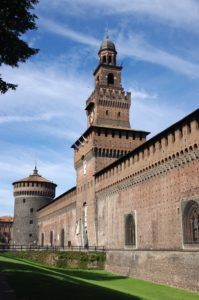
From Santa Maria delle Grazie, let’s move to the Castello Sforzesco, defensive fortress and residence of the Lords of Milano. The castle’s “Sala delle Asse”, encloses another Leonardo’s fresco that represents vegetable plots with fruits and monochromes of roots and rocks. To celebrate the fifth centenary of his death, in the « Sala » visitors will be guided in reading the space through a scenic multimedia installation.
Inside the Castle there is also the Vinciana Collection of books dedicated to Leonardo da Vinci. However, the largest and most astonishing collection of Leonardo’s sheets is the Codex Atlanticus. It is possible to see the Codex during temporary thematic exhibitions that take place every three months both at the Pinacoteca Ambrosiana and at the Sacristy of Bramante, within the Santa Maria delle Grazie complex.
Leonardo Da Vinci National Museum of Science and Technology
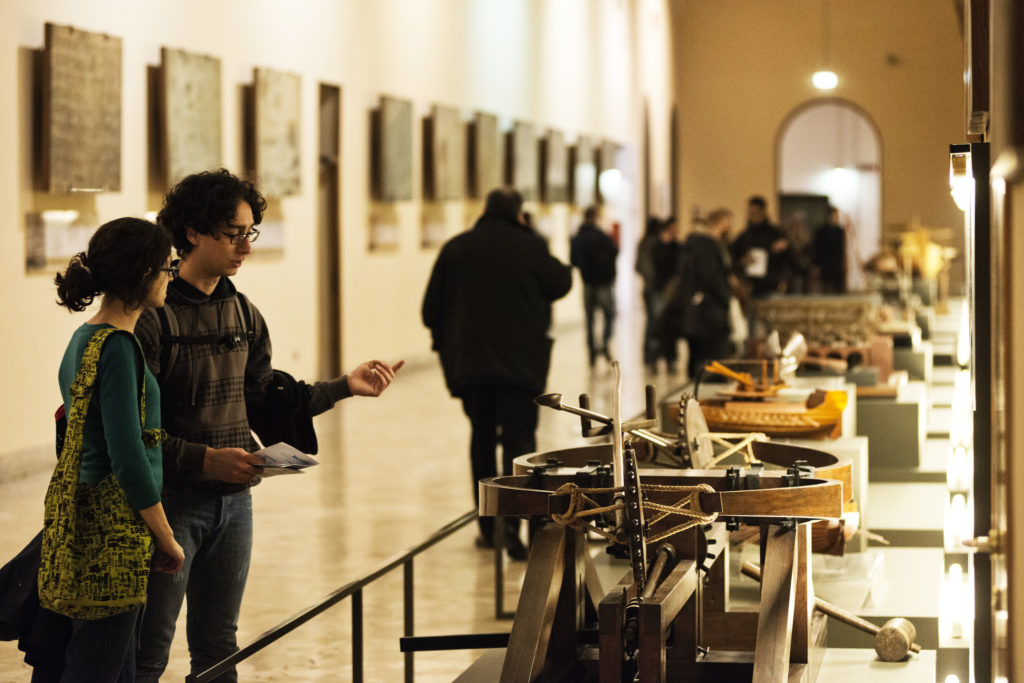
To discover the Leonardo engineer and inventor, you have to visit the Leonardo Da Vinci National Museum of Science and Technology. Housed in an Olivetan monastery of the sixteenth century, it is the largest Italian scientific and technological museum.
The Museum’s collection of Leonardo’s historical models was born to celebrate the fifth centenary of the birth of Leonardo. The models on display in the Leonardo Gallery were made on the basis of the Vincian manuscripts. The exhibition of the models is enriched by a series of drawings of the artist. Leonardo’s drawings show not only his projects for machines but also surveys on existing works, improvement proposals or studies on nature.
The Museum also hosts a laboratory where it is possible to use some interactive models to understand their functioning and experiment with the artistic techniques used in the Renaissance.
Conca dell’ Incoronata
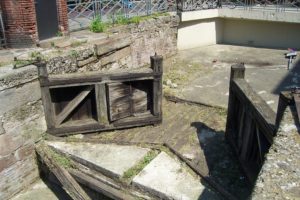
What not everybody knows, is that the sophisticated system of canals (« Navigli ») of Milano, was designed by Leonardo da Vinci. In fact, Ludovico il Moro asked him to find a way to connect the city with the Lake of Como. Leonardo, designed a system of locks to overcome the problem of the land’s unevenness making the navigation possible. The sketches of the project are now kept at he Navigli Museum.
At the Conca dell’ Incoronata, built in 1496, you can still see an ancient bridge in the Adda log and the sluice, without water, with its wooden gates. These are called « Porte Vinciane » because they are identical to those designed by Leonardo da Vinci and today visible in the Atlantic Codex of the Ambrosian Library.
Leonardo’s horse
Last but not least, you cannot miss « Leonardo’s horse ». A large bronze statue of a horse, inspired by Leonardo’s drawings. The work was placed here in 1999 in front of the beautiful Milano’s Hippodrome.
The importance of this work is given by the fact that Leonardo intended to create the largest equestrian statue in the world, a demanding job with which he planned to combine the skill and artistic flair with the technical knowledge of the period.
The idea of carrying out this work to celebrate the enterprises of Francesco Sforza came to Galeazzo Maria Sforza, who thought of creating a life-size horse statue to be placed inside the Castello Sforzesco. After contacting various artists, the project failed to take off. The idea was subsequently carried out by his brother Ludovico, who entrusted the project to Leonardo. However, the hopes of completing the work vanished completely in 1499, with the fall of Ludovico il Moro. That year, Leonardo left Milan and the horse clay model was destroyed by the French soldiers who had chosen him as a target for their crossbows.
In 1977 Charles Dent, an amateur artist and art collector, decided Leonardo’s dream after five centuries. In 1999, the giant statue was finally ready and placed in the city where it was first thought of.
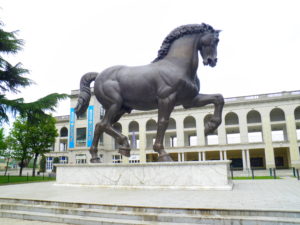
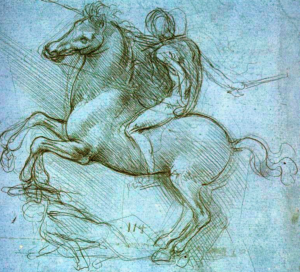
Until January 31st, Milano will also host several exhibitions dedicated to the renaissance genius. You can find the complete program here.

